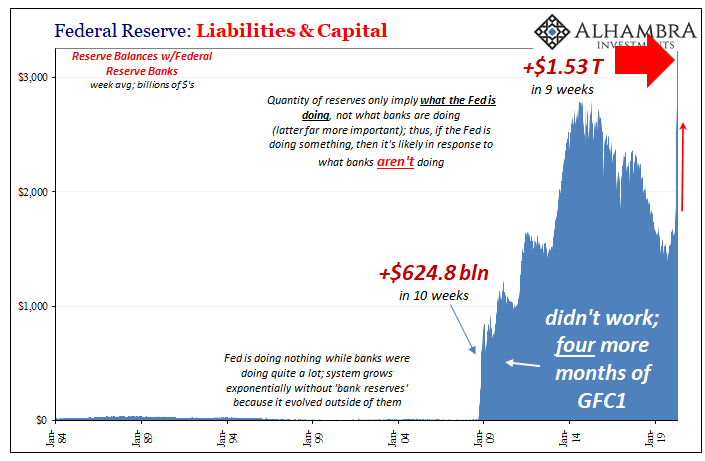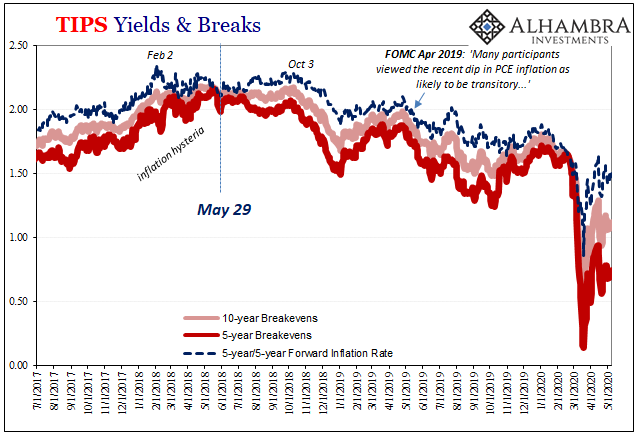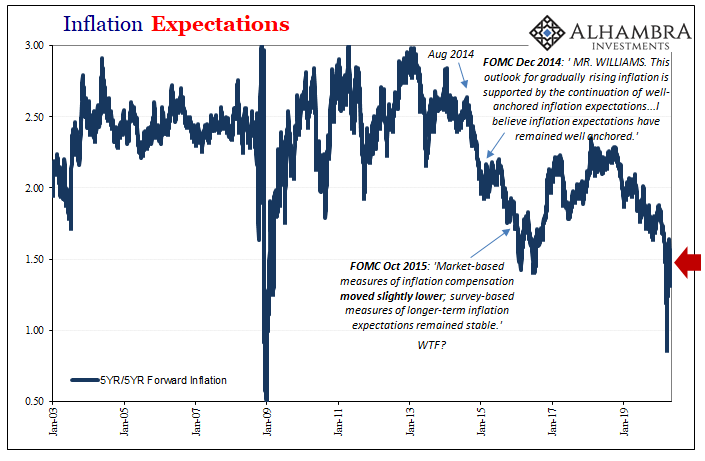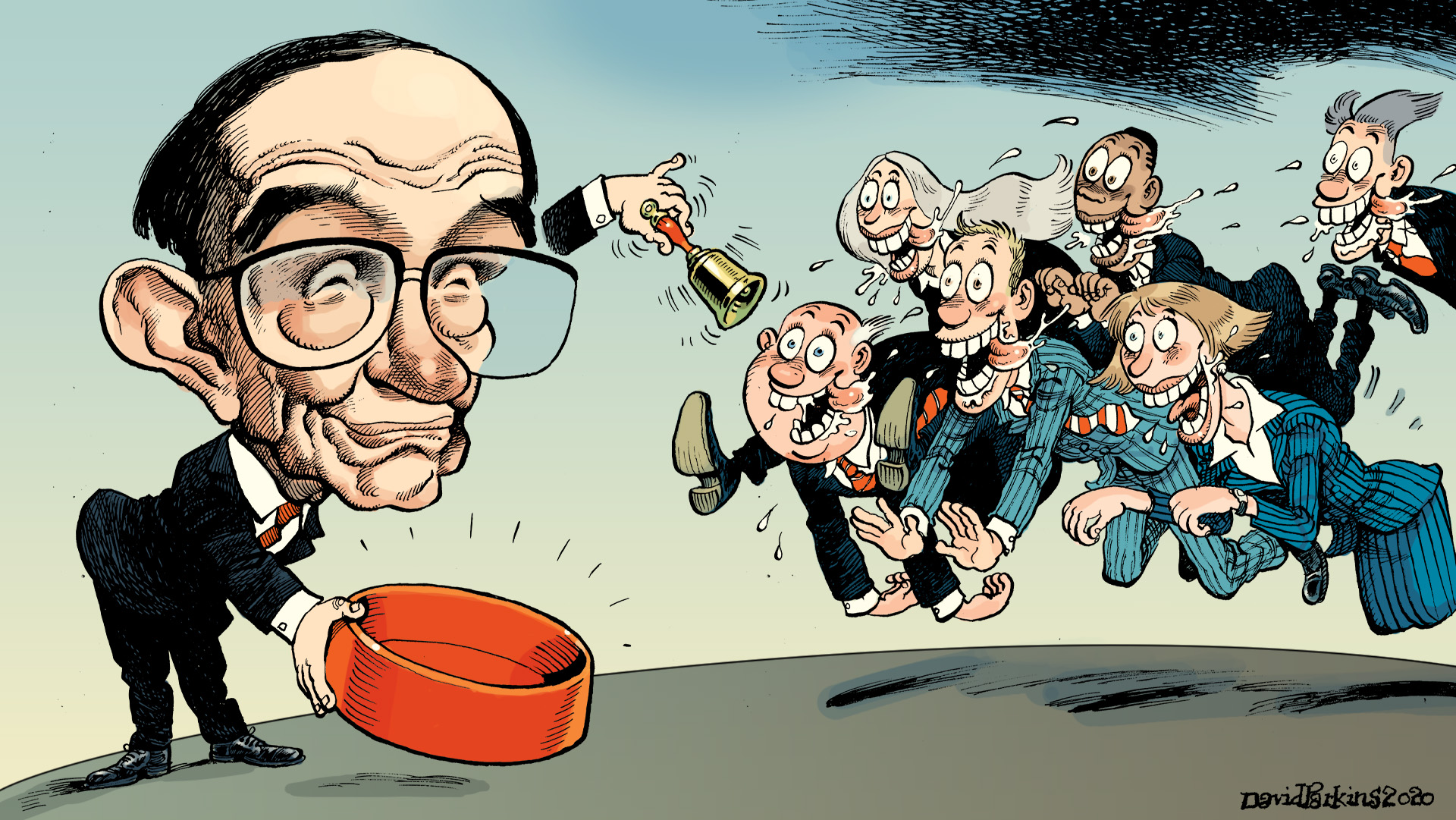The military phase was an all-out joke. Carlos Castillo Armas had fewer than 500 men as his “invasion” force. Yet, with only that many he had expected to take back the entire country. More surprisingly, he succeeded.
Lt. Colonel Armas had previously participated in the 1944 Guatemala uprising that had forced Jorge Ubico from power. As a supporter and close confidant of Colonel Francisco Javier Arana – who led the revolt and wielded tremendous influence over the armed forces as chief of the Guardia de Honor – Armas was made director of the country’s military academy before being sent to command Mazatenango in 1949.
He was there when Arana initiated an ill-fated coup the same year. Though he had nothing to do with it, Col. Armas was forced into exile. From the outside, he managed to lead several small-scale resistance operations, none of which seemed to go very well.
Still, the CIA thought him best for the job – to be its topman for another insurrection in Guatemala aiming to removing leftwing President Jacobo Árbenz. The latter was increasingly seen as a Communist sympathizer who was in the midst of appropriating land from the United Fruit Company. The last thing the Eisenhower Administration wanted was a Soviet satellite operating in Central America.
On June 15, 1954, Operation PBSUCCESS was launched from Honduras and El Salvador, going awry right from the beginning. Col. Armas had divided his small force into four columns, the smallest of which numbered just 60 fighters (hardly professional soldiers). This diminutive battalion wouldn’t even make it out of El Salvador, the group arrested and jailed by local policemen before ever stepping foot in Guatemala.
The other three columns hardly fared better. On June 20, the rebels were defeated at Gualán. The next day, the largest of Armas’ cliques suffered a disastrous reverse at Puerto Barrios, having been turned back by a combined defense of police and annoyed dockworkers. A 122-man group heading toward Zacapa on June 27 was caught and routed by only 30 government soldiers.
And yet, on the same day the rebels were being embarrassed at Zacapa, President Árbenz resigned and left the capital. He had been informed that throughout the confusion and chaos his army would likely not put up much fight on his behalf. Most soldiers stayed in their barracks, waiting for the whole thing to blow over – to see which side would emerge victorious.
If you back the wrong horse at times like these, the new boss, should you end up with a new boss, tends to be spiteful and vindictive. Better to wait it out in order to declare one’s loyalties after it’s all over.
Which is exactly what the CIA was intending to accomplish; to sow nothing more than doubt. Operation PBSUCCESS didn’t count on Col. Armas’ fighting force for its success; they were mostly a diversion to give Guatemalans, especially those in the military, some sense of widespread action. A lot of smoke and noise behind what was the real power.
Several World War II era US fighting planes were stripped of their markings and handed over to the CIA. While the four columns were being humiliated out in the jungles, a couple of F-47 Thunderbolts repeatedly buzzed Guatemala City firing its machine guns at nothing in particular and making as much noise as they could so as to give the impression of doing a lot of harm.
Locals ended up calling the Thunderbolts sulfatos, a powerful laxative which, like whenever the airplanes appeared, had made it a habit for loyalists to change their underpants.
By far, though, the biggest element in the stunning overthrow was Operation SHERWOOD. Back on May 1, the CIA began broadcasting La Voz de la Liberaćion (Voice of Liberation). The agency had recruited a couple of Guatemalan exiles living in Miami to voice positive news about Col. Armas’ approach and the “massive” “victories” his powerful force was achieving all across the country.
The tapes recorded in Florida would be flown into the wilds of Guatemala where the CIA had set up transmitters to make it seem like this was a local, grassroots enterprise.
That was the whole point behind the four tiny columns; not to win individual victories but to spread out across a wider area so as to create the impression of a largescale attack. Then the Thunderbolts; to fool the local population, especially the army, into believing the coup was backed by an enormous operation capable of carrying it forward.
And it worked, this one time.
In many ways, the CIA has been trading off its limited success (Col. Armas was assassinated in 1957, a civil war engulfing the country and further destabilizing the situation in 1960 and thereafter), establishing a reputation for being a powerful player when its actual capabilities didn’t amount to much more than this one puppet show. It played well in Guatemala in 1954 when this was brand-new, not so much in Cuba by 1961, though.
In other words, there are possibilities created by psychological warfare or just managing the expectations of those you mean to influence. These, however, should be judged on their own cases.
Bombarded by a weekend full of hyperinflationary nonsense, it’s difficult not to think back to Operation PBSUCCESS. The Federal Reserve is, as it was in 2008-09, attempting to put on a display of enormous power for your benefit, of course. The display, as was on display in Guatemala 1954, is not necessarily the same thing as actual force.
Jay Powell is thrilled with all this, starting here:
Macro investor Paul Tudor Jones is buying Bitcoin as a hedge against the inflation he sees coming from central bank money-printing, telling clients it reminds him of the role gold played in the 1970s.
“The best profit-maximizing strategy is to own the fastest horse,” Jones, the founder and chief executive officer of Tudor Investment Corp., said in a market outlook note he entitled ‘The Great Monetary Inflation.’ “If I am forced to forecast, my bet is it will be Bitcoin.”
For there to be monetary inflation there must first come actual, effective money. The Federal Reserve isn’t in the money business, though; it doesn’t even know where to begin.
It is, however, deeply invested in the psychology business. When the chips are down and the real monetary system turns deflationary, what better way to get out of it than to let the imaginations of these useful idiots run wild?
An expanded balance sheet and promises to support markets, all sounding big and furious and irresistible – until you actually stop and think about them. Bank reserves are little more than an asset swap and the Fed does little actual buying; what purchases it might make are bureaucratically predetermined, hardly the same thing at all particularly if another wave of selling materializes.
But if you believe these combined are some enormous and powerful pledge, then maybe you won’t be one of those sellers; hunkered down instead in your financial barracks just waiting it out to see which way it all goes. You might even get persuaded to join the resistance and buy an asset or two blissfully convinced Jay Powell’s got your back.
The actual way you get out of deflation is with an actual monetary solution, but, again, given the situation Jay Powell’s only got psy-ops at his disposal. He thinks these are sufficient because those under his umbrella of influence include pretty much everyone in the mainstream press.
The Federal Reserve has pumped $2.3 trillion into the U.S. economy. It’s just getting started. Wall Street is hungry for answers about how much more money the central bank is planning to deploy.
The Washington Post. April 29.
A global wave of money-printing awakens fears of inflation.
The Globe and Mail. April 20.
The Fed’s Message: The Money-Printing Presses Are Fired Up and Ready to Go Its actions Monday show it will do anything necessary to address a glaring shortage of dollars across the economy.
The New York Times. March 23.
Global inflation on the way after US adopts ‘helicopter money’
Global Times. March 22.
And too many others to include. You get the point.
Once you realize there’s no money in monetary policy, bank reserves are an accounting line and nothing more, it’s quite easy to see the gamesmanship for the puppet show it really is. The Fed supports markets? How?
The bond market, despite all the stories about uncontrolled inflation and money printing, literally isn’t buying them.



Like his predecessor’s predecessor Ben Bernanke, Powell’s not going to find much support beyond the media. There’ll be Bond Kings and “gurus” like Paul Tudor Jones trying to make bank on their books, but when hasn’t the Fed had Bond Kings, gurus, and repo “experts” all on its side? What makes it different this time?
How quickly the world forgets 2018’s guaranteed inflationary interest rates have nowhere to go but up.
The real difference between the post-modern Federal Reserve and the CIA is the latter at least has one successful operation under its belt. The Greenspan put, to the contrary, it’s an empty bowl.


Stay In Touch